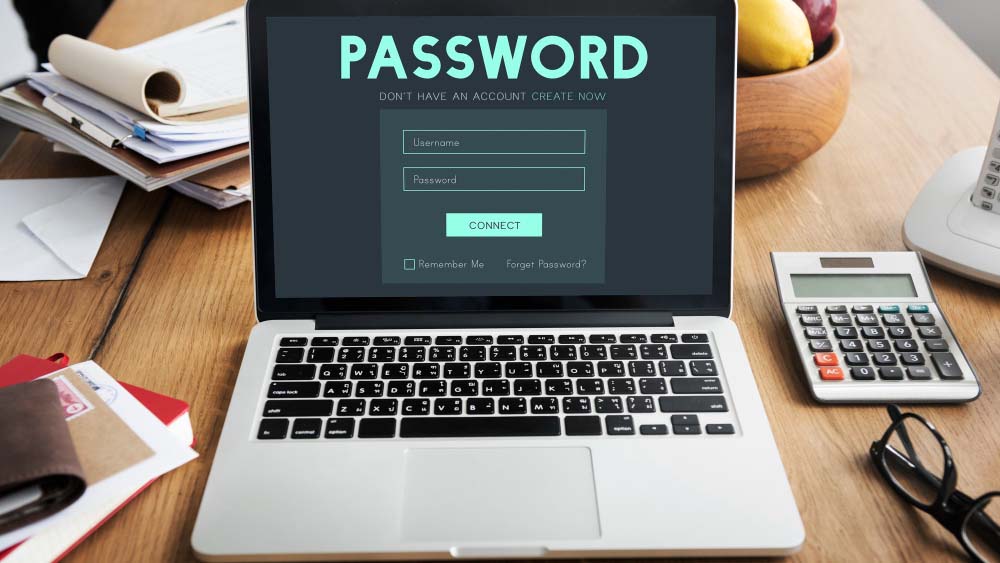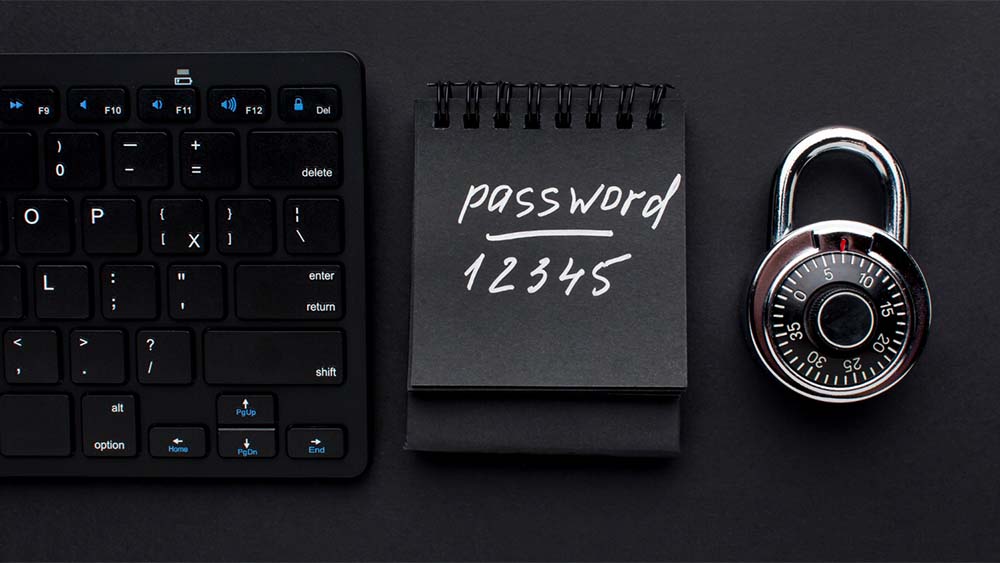The truth is: Most account takeovers begin with predictable patterns of using passwords or reuse of “clever” patterns, using authentic answers to security queries and not using MFA. Make it better by using a password manager and long unique passphrases hardware-key or application-based MFA and a quick, quarterly review.
What are the consequences of habits more than “hacking”
Attackers don’t require zero-days to gain access. They purchase stolen credentials, test using them all over ( credential stuffing) and then lure you into websites that look like them or change your password with insecure recovery questions. A single mistake can allow access to hundreds of accounts.
The most risky practice is to reuse the exact password (or tiny variations)
The reason it’s risky If any website has been compromised, attackers will attempt these credentials in banks, email cloud storage, social networks, and so on.
You’ll be able to recognize the following: Sunshine!23 Sunshine!24 Sunshine!24 Sunshine!25 Sunshine!25
Do this instead
-
Make use of an password management program to create an distinct password for each site.
-
For the few you must remember (device unlock, password manager, primary email), use a passphrase:
olive-rain-window-harbor-jet(5+ random words beats fancy symbols).
Second risky behavior Passwords that are guessable or short (including false complexity)
What’s the risk? Attackers can crack passwords with short lengths and dictionary words fast. The replacement of numerals with letters ( P@ssw0rd!) only slows them down.
Do this instead
-
Do you prefer long-term over intelligence more than 16 accounts with at least 16 characters.
-
Let your manager come up with unrelated strings or make use of lengthy, unrelated words.
The third risky habit: using the email at work as a way to register for every service
The reason it’s a risk: Personal app breaches can affect your corporate identity. HR/offboarding may shut you out of personal accounts that are linked to the email.
Do this instead
-
Make use of an email address that is your individual email for personal accounts, and an email for work. working email exclusively for work.
-
Take into consideration relays or email aliases to ensure logins are unique and more difficult to link.
Fourth risky habit: Keeping passwords in spreadsheets, notes or even in emails
What’s the risk? Plaintext lists can be easily stolen from a lost cell phone or compromised email inbox shared drive.
Do this instead
-
Only store credentials in an reliable password management system (sync and encryption).
-
Lock devices, enable disk encryption (FileVault/BitLocker), and auto-lock timers.
5. Sharing passwords through email/DM or sharing accounts in any way
What’s the risk? Forwarded passwords last forever. Shared accounts remove the responsibility of the account and cause a painful process to get offboarding.
Do this instead
-
Make sure you use appropriate account for users and access based on roles.
-
If you need to share, you can use the supervisor’s safe sharing feature, which has limited visibility and then revoke access later.
Dangerous habit #6: Forgetting to use MFA or relying on only SMS
What’s the risk? Passwords can leak. SMS codes are able to be forwarded, phished or snatched by the SIM swap.
Do it instead
-
Make sure to turn to the multifactor authentication wherever it is needed (email first! ).
-
You should use authenticator applications (TOTP) as well for maximum protection, hardware security keys (FIDO2/U2F).
-
You can save the backup code in the password manager’s secure notes.
7th risky habit: using authentic answers to security-related questions
What’s the risk? Mother’s maiden name the name of the first school, pet’s name — these are known or guessed.
Do it instead
-
Treat security questions like passwords. Use random answers and store them in your manager (e.g., “
yellow-harp-otter-41“).
Unsuspecting habit #8: Filling in auto-generated passwords in all places
The reason it’s risky Phishing websites can appear to be real websites. The autofill feature of browsers is susceptible to manipulation; fraudulent forms could scrape hidden fields.
Do this instead
-
Make sure that the password administrator be filled only only when the domain matches exact (e.g.,
accounts.google.comand notgoog1e.com). -
If it does not auto-offer to fill your order, stop–you may possibly be on a fraudulent website. You can go to the site by yourself.
The number nine risky habit: Not paying attention to security alerts, breach notifications and log-in alerts
What’s the risk? The leak of credentials and the inexperienced logins are the first sign of trouble. In the absence of them, attackers can gain time.
Do this instead
-
On new device/login notifications.
-
If you are notified of a breach, or use, rotate the password immediately and verify your other accounts to see if they have been reused.
-
Every now and then, check the manager’s “compromised/weak passwords” report.
Tenth risky habit to avoid Do not close old accounts
The reason it’s dangerous: Accounts that are forgotten with old passwords can be used as backdoors, especially when you use the same password again.
Do it instead
-
Check your email and look for “welcome,” “verify your email,” “reset your password.”
-
Deleting or deleting accounts that you no more require; switch credentials to the accounts you have.
How do you define what “good” looks like (a acceptable baseline)
-
Password manager all over the world. One master passphrase that you can remember, everything else is long and distinctive.
-
MFA for all important account: email, bank and social accounts cloud storage and code repositories administration tools.
-
Autofill that is domain-checked: If your manager does not provide a fill-in, then you’re likely not on the right website.
-
Recovery is now ready: backup codes saved the recovery email and phone up-to-date (and secured by MFA as well).
-
Quarterly hygiene: clear compromised/weak/reused items, prune connected apps, delete old accounts.
Exemples (copy the ideas)
-
Master passphrase (don’t reuse this exact one):
jade-chalk-lantern-bicycle-meadow-ruby -
Random site password (manager-generated):
S3jvA7Q9qJrS8fVmYcN2uH -
Security question “City of birth?”
crystal-ocean-zeppelin-9074(nonsense, stored securely)
A 30-Minute Password Cleanup Sprint
-
First, email: Turn on MFA for your primary email. Change the password for your email into a long password.
-
Set up a password management system: Import any browser-saved passwords.
-
Repair the Top 10 issues: In your manager’s reports Change all used or compromised passwords. Start with email, banking as well as cloud-based storage.
-
Reset recovery lock Backup backup codes and confirm recovery email or phone and enable login alerts.
-
Get rid of the zombies Make sure to delete at the very least 3 old accounts that you do not use anymore.
Extras for the family or team
-
shared vaults (teams/households) to stream or utilities. No plaintext DMs.
-
Parent accounts for kids: Turn on MFA and save backup codes so that an adult with trust can access them.
-
Small-scale companies: Enforce SSO + MFA, ban sharing logins, and change secrets after people leave.
Common myths, dispelled
-
“I add symbols, so I’m safe.” Simple plus “complex” is worse than simple + long.
-
“I’ll remember them all.” You won’t, but you’ll reuse. Make use of an administrator.
-
“SMS MFA is pointless.” Application or hardware is superior however every MFA will beat any.
Checklist for self-audits that are quick and easy to complete
-
Password manager in use on all devices
-
Unique 16+ character passwords for key accounts
-
MFA enabled (prefer app/hardware) + backup codes saved
-
No reused or compromised passwords left in manager report
-
Security questions use random answers
-
Login alerts on; breach emails acted on
-
Old/unused accounts closed
Final thought
Passwords aren’t just a test of memory, they’re an entire method of establishing. Place a manager at the center, extend to increase length, then and then add MFA and do an occasional cleanup each quarter. The four strategies above neutralize the majority of real-world takeovers of accounts.








